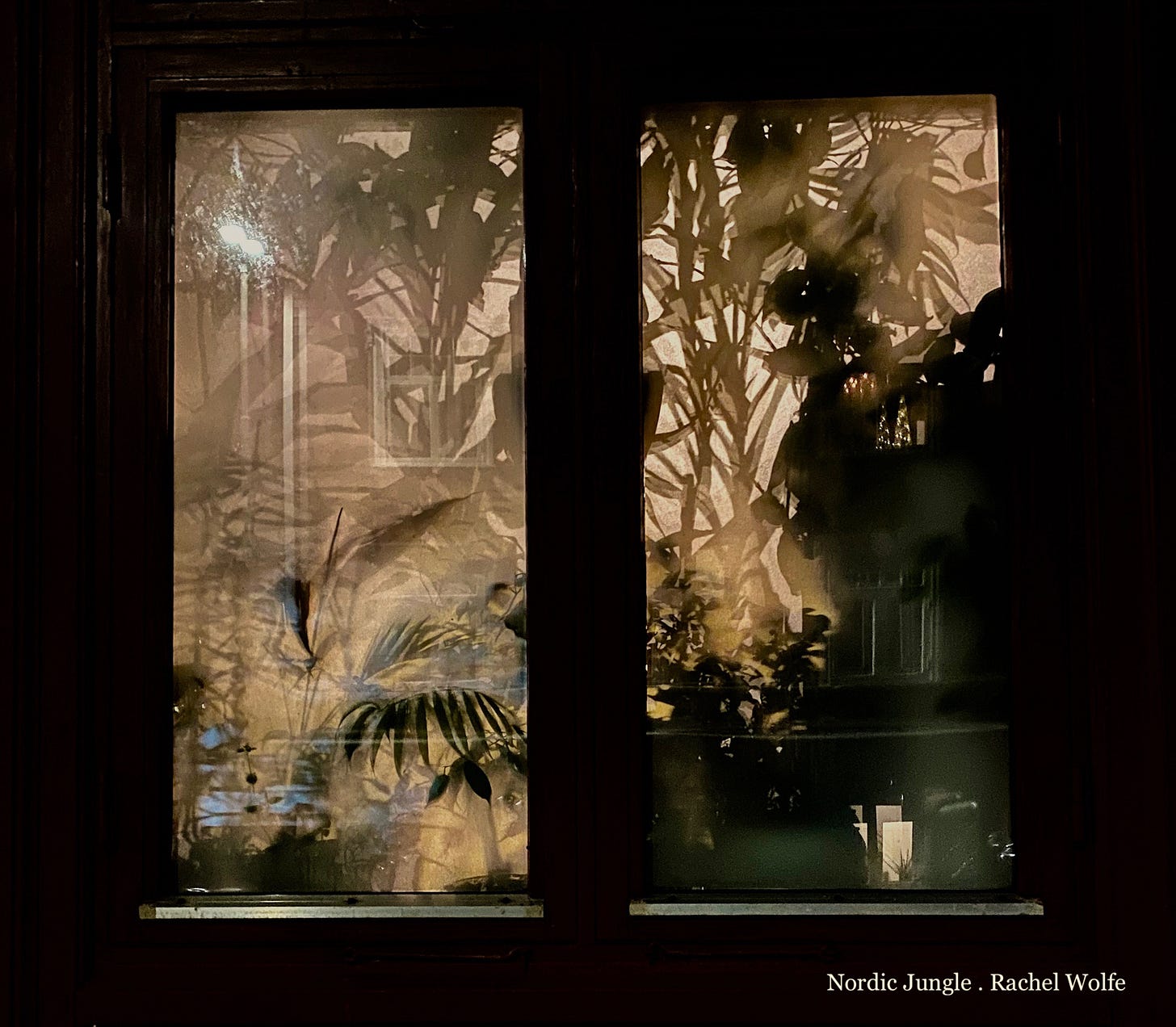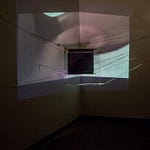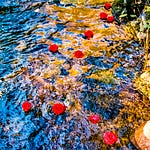Senses rely on developing, maintaining, and adapting levels of receptivity and perceptibility. The senses and our reliance on trusting them have long been under a subtle subversion module of trusting external agents. These agents could be clergy, gurus, institutions, laws, or Apple watches. These modules of social policy are not inherently corruption making methods, but continually lead attention toward specific modes of accepted intellectual and sensory development.
There is a belief certain perceptions are only available, induced through substances, drugs of relating, or techno-submersion. And while making some modes of perception “out there” and taboo for the sake of unanimity, such taboos may lead seekers to take on trips they do not necessarily need to go on. As Kirkegaard is often quoted for saying something like, you will regret if you do and regret if you don’t, this exercise is an invitation to circumvent the form of consensus bias that can entice and bite any unsuspecting form of life.
Contextual set-up almost done; what for? Well, appearances are fun, sometimes funny, and more often foggy, blobby, and deceptive. Affectively, appearances can seduce.
Seduction is not sexy. Seduction leads one away, corrupts, isolates. This form of seduction has become so widespread, being an individual has come at the cost of other choices available. Not to hate on margins; if you have ever tried to read a free-form book, it’s understandable the contemporaneous homosapien has finite tolerance for ambiguity. What I’m trying to say here is the traditional structures and the expansions of tolerances are obviously possible but also have their own costs. The energy load of heightened awareness could lead to all kinds of consequences, perhaps drawing conclusions without enough evidence, jumping ship because what seemed like rock bottom was actually just a rough patch in the sea, or the need for more naps.
The etymology of words has become one of my go-to tools for double checking my own logic and reasoning skills (or lack thereof). And since I have felt the burn of hot stoves and fright from being ensnared, I do not intend for this jungle vision cookie to get all victim-y.
Instead I would like to invite the practice of seeing towards the goal of personal clarity. Instead of subjectivity, the embodiment of animality offers a form of training in-vision and in-body. Images activate the energy circuitry of the body; not in an esoteric sense, but the sense the nervous system is in fact circulating charged particles, cells, and information to compose images, movements, and the belief those ideas may somehow originate from within.
Butoh dance works a bit like that, using the imaging apparatus of the sensory-motor systems of the body. Differing from other modes of performance where a well trained body and practitioner uses repetition of a drawn-out movement plan; choreography to tell a story. The butoh dancer moves from the haunts of imagination. The picture of a memory drawn into the field of mind-vision and performs the body through that. Instead of being in the subject-object setup often used in art and photography history discourses, a type of double bind akin to Schrödinger’s cat, the Butoh method engages in the sensitive system of the body before it became stuck in the narcissus puddle of identity. At the very least, the invitation to the jungle in this week’s cookie can be a grounding practice of being present.
So what do you do? Sort of let your eyes haze over and see what kind of animal is inside a person. I tried this with applying the mechanics of single-reflex cameras to start; meaning, trying to get at the sublime impression from vision, the upside is downside. So when someone is talking, mentally flip the field of vision updside down. You can also do this looking at something upside down, but without a Hassleblad, you could pass out if you hold the inversion too long. Over time, looking this wat through the mind’s vision started to get funny; mouths where the forehead is, and foreheads where the mouths were. This made people kind of look like fish. But the invitation to practice seeing what kind of animal resides in someone is different. Admittedly, it took some months to start to be able to notice; and my brain wanted to shut down the whole practice pretty fast. So I thought I could try with my own reflection; and that seemed even harder. I don’t want to prescribe the way for you to see animals in people, but I did turn off the lights; look in the dark, look in different lighting, unfocus my eyes, and see what kind of forms emerged. Zero drugs needed or used. Use your senses and imagination - only. What do you see?
“There is no one as evil as all of us,” has echoed in my mind from my friend’s graduate project of layering faces from internet search engine results. He had also made a portrait of me in a day, laying the images over each other. The concept was to see if there was an identifiable essence in the appearance. Sounds simple enough, but it was an impossible project. As most photographers understand, a photo is not reality; it’s at best a close approximation to the real but still a story, a myth, a lie. It’s not an equivalent even if we appropriate the use of a photograph as document. The difference between layering documents or representations and inviting the emergent vision of the interior animal in someone is that it engages the senses, the subtle, deep systems of the vision-body circuitry. Whereas pictures alone, still hover, and that’s what my day-portrait.
Instead of taking in features, seeing identifiable forms, give it a go; using all your senses to see what kind of animal you are or are sitting across from. Whether or not that essence is there or not, it might be a cognitive bias circumvention tool in service to avoiding the seduction of appearance. Be patient with the practice and compassionate with yourself. This kind of vision seems to be pretty common in children, and is killed off in the faulty cultural constructs we so often rely on.
What kind of things can people see that are really there, not just appearing as something, but are deeper beneath the surface. Maybe we remember to be able to see where colloquial slangs came from: he’s a snake or a bear, she’s a fox or a raven, are not merely colourful, affective language mechanics or word games, but are instead based on perceptions circulating beneath the flesh.
For me, this practice of accepting the wildness of being alive, has not turned me into a hallucinating tribalist (or any other kind of ist for that matter), but invited me home with sensing. This sensing, using all of what I can, with all I got, doesn’t require a charging station or satellite GPS to designed to save me from myself. These kind of technocratic messiah products may dazzle some but the technology I still get the most out of are the pre-analogue kind. This sensing ability allows me to find a way to feel safe and at home in my body, whether or not I have the right hair, makeup, or clothes on. And the times I went against these kind of perceptions, trying to second guess what some refer to as a “gut-feeling,” I regretted it. Imagination as a tool to avoid regret? Why not.















Share this post